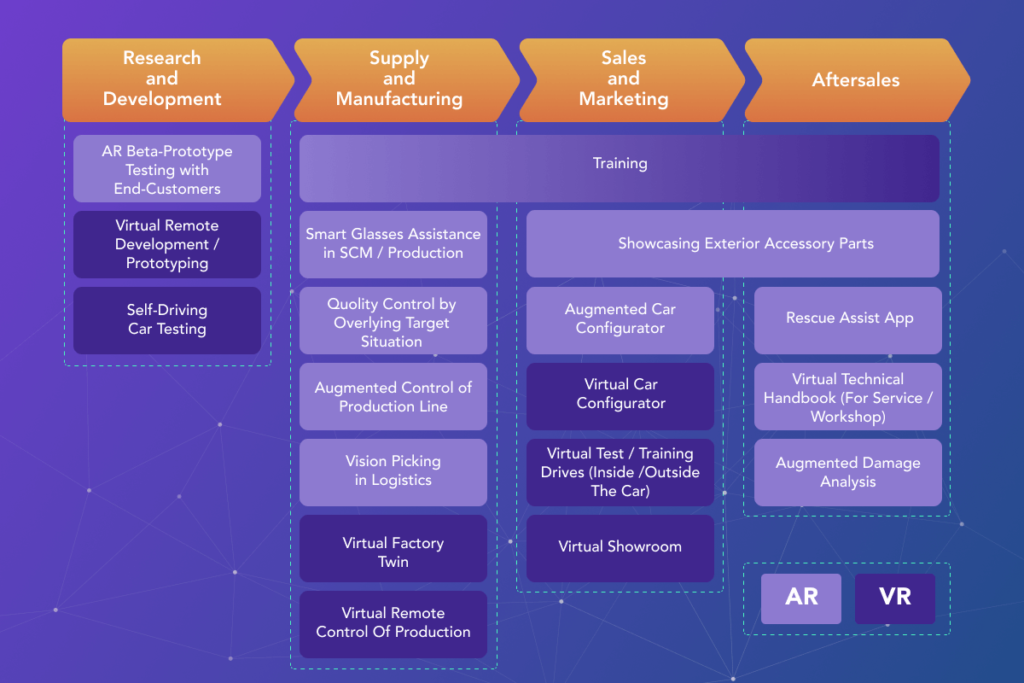In the past few years, haptic feedback has spread strongly to the digital world and accompanies us on almost all smart surfaces. There are three classes of tactile displays, distinguished by the type of input that is delivered to the skin. Input is delivered by either static pressure (where the skin is pressed), vibration, or tangential skin stretching. This is made possible by different technologies. Electromagnetic motors present vibrotactile cues, for example in wearable displays. Electrotactile displays are based on a dense array of electrodes.
However, haptic feedback can also be obtained without touching the display at all and perceive it through mid-air contactless interaction. Not only can one touch the computer like this, but the computer touches one back as well by simulating the touch through the air. So the user doesn’t have to be in contact with any physical surface.
Turning ultrasound into virtual touch
Ultraleap is a company that is on the mission to make digital worlds feel more human. They have united the world’s most advanced hand tracking with the only haptic technology that creates the sensation of touch in mid-air. They have a team of more than 150 spread across the world, with locations in Silicon Valley, US and Bristol, UK. Ultraleap has developed a virtual touch technology, that works with sound waves through ultrasonic speakers. These sound waves are timed specifically, so that at one point in the air, they all add up together at the same time. Sound waves are just pressure waves moving through the air and all the different pressures that come together at one point enable to have a very localized point of high pressure, which generates enough force to slightly displace one’s skin.
See yourself, how this is working.
This technology opens endless possibilities and is a real step to make interfaces more accessible and human. From the automotive industry, to gaming techniques in all areas of application (like VR, AR, XR etc.), interactive Installations, museums, but also future mobile device applications and interactions for visually impaired people.
Ultraleap also enabled a touchless interactive play experience for LEGO. Using the Ultraleap‘s haptic technology, LEGO fans and families were able to move, rotate and build virtual LEGO bricks on an Ocean Outdoor digital billboard, while feeling the bricks in mid-air. The haptic sensations consisted of circles and lines: users could touch the stud on top of virtual LEGO bricks and feel the edges of the blocks. Different sensations were produced for wheels of different sizes and also there were “crumbling” sensation when builds were broken down.
Ultraleap has taken haptic feedback to a new level. Skeuo- and neumorphism could benefit extremely from this immersive technology. Their lack of accessibility could use this particular mid-air form of interactive haptic feedback as an advantage to be more inclusive and place themselves in the design world. I think most mobile devices like we have now will continue to be more interactive in the future, but just not in the touch way we are used to now. Technologies like this are the future, and also because of the pandemic in today’s world, I think the development of these devices will continue and become more widespread around the world, and just possibly replace common ways of interaction completely.
Sources
Lynette A. Jones, Haptics, Massachusetts 2018
Ultraleap (18.04.2021)
https://www.ultraleap.com
Ultraleap: Haptic Feedback (18.04.2021)
https://www.ultraleap.com/company/news/blog/what-is-haptic-feedback/
Ultraleap: LEGO interactive Experience (18.04.2021)
https://www.ultraleap.com/company/news/case-study/lego-interactive-experience/
Ultraleap: Virtual touch technology (18.04.2021)
https://www.ultraleap.com/haptics/#how-it-works





















